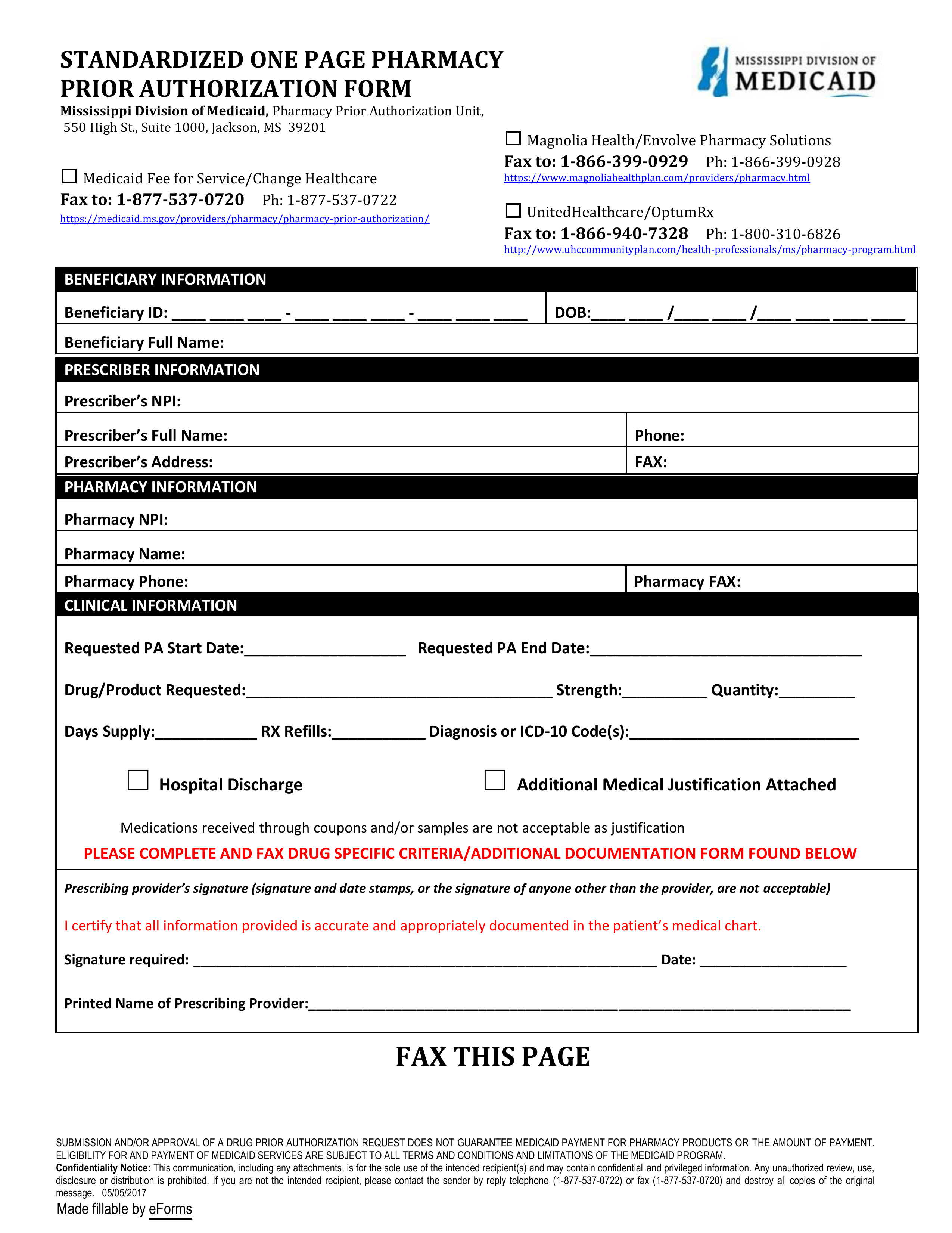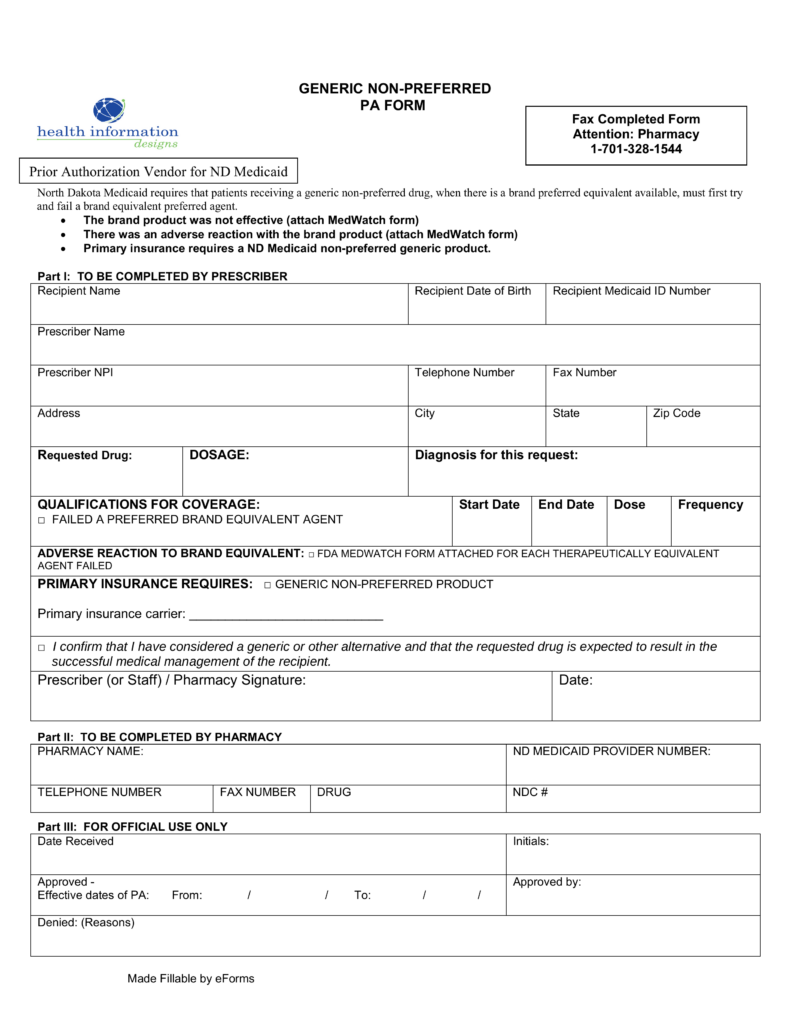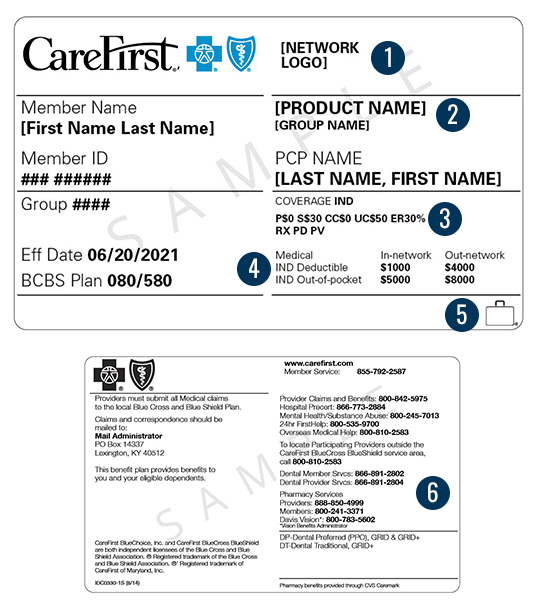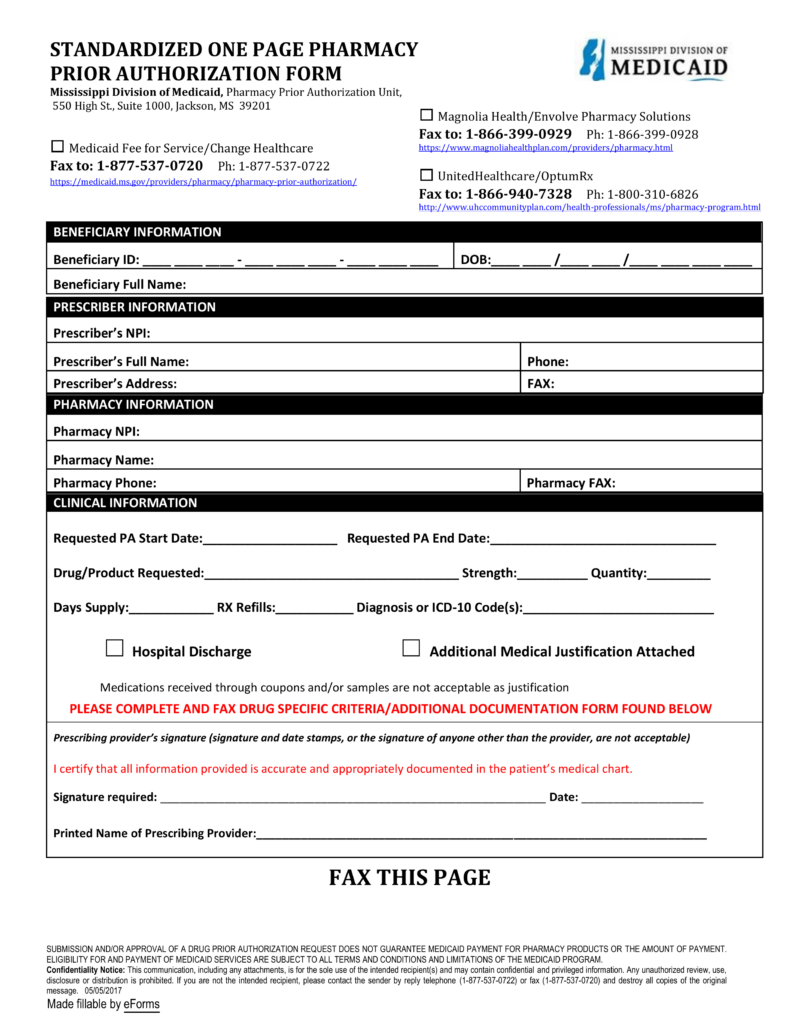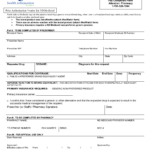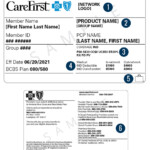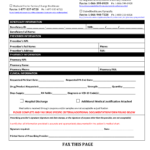Bluechoice Medicaid Prior Authorization Form – The authorization form legally binding and gives permission to a specific act, such as accessing of personal data, medical treatments, or financial transactions. Make a clear and concise authorization form that ensures every person involved is aware of their rights and responsibilities.
Why Authorization Forms Are important
These forms are vital for protecting privacy and rights. They are used to obtain consent from those granting the authorization, and also to create an unambiguous agreement between all parties. You can avoid legal disputes with an authorization form that is carefully designed.
Legal Requirements and Data Protection
When drafting an authorization form it is essential to adhere to all relevant laws, including those that deal with data protection. The law that you use may vary based on the jurisdiction. Consult with a lawyer to ensure your form is compliant with all applicable standards. In addition, strict data security measures can help to protect the privacy of individuals.
Best Practices to Create Forms for Authorization Form
- Use a concise and simple language: Keep the authorization form simple to understand using straightforward and simple language.
- State the purpose clearly Be careful not to use broad terms and state the specific motive for which the authorization has been granted.
- The scope of the authorization is limited: Clarify the extent and limitations of the authorization.
- Include clauses for revocation. The grantor may revoke at anytime.
- Get a signature The form should contain a space for the grantor’s signature to signify their agreement.
Guide to Designing Authorization Formulas
- Start with an HTML Template
With a template you will save time while making sure that your form contains all the necessary components. Find a trusted source of authorization form templates. Select a template which is suited to the type or authorization you require, and alter it to fit your specific needs.
- Include a company or organization
Include the name, address and contact information of your organization at the top of the form. This will allow you to mark the document as a legal one and helps identify the individuals involved.
- Indicate the purpose of the authorization
Define the purpose for the authorization. Describe any specific actions that were taken or responsibilities taken. If the form is one for medical treatment authorization, for instance, you should specify the procedure, treatment or medication that is legally authorized.
- Set the period for authorization
Indicate a date for the beginning and ending of the authorization or an event which will cause the authorization to expire. A time limit is helpful to protect the rights of the grantor as well as preventing the grantor from having an open-ended authorization.
- Outline the scope and limitations of authorization
Make clear the authority with any restrictions or restrictions. For instance, if the form is one for financial transactions, specify the maximum amount of money that can be transferred and the types of transactions allowed.
- Include a revocation clause
The grantor should be given instructions to cancel the authority at any time. This can be done by submitting an application in writing or by filling in a separate form.
- The grantor’s details are collected
You must request the name, contact details and the address of person issuing the authorization. This information helps to confirm that the grantor is who they claim to be and serves as a point of contact for any issues or inquiries.
- Create a space in which the grantee can write their name in the space and also add an appropriate date
Include a section for the grantor where they can sign the form to affirm their agreement. Signatures should be simple to identify and contain a declaration that states that the grantor understands the form’s contents and has ratified.
- Include any witness required or notary section
If your area requires a notary or witness public to sign the form, include the appropriate sections to verify their signatures and information. Talk to your legal professional about whether or not this is required to validate the authorization form you’ve got.
Conclusion
In order to protect the rights of both parties as well as their privacy, you must prepare an authorization form that is properly structured in English and in compliance with the laws in force. You can create an authorization form that can meet its purpose, and pass legal scrutiny, by following the guidelines in this guide. Check with your lawyer to make sure that the form you create meets all legal standards.
